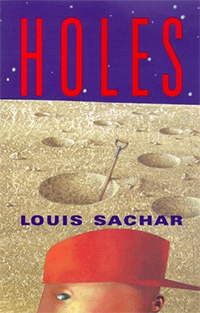
The Spiderwick Chronicles: The Field Guide by Tony DiTerlizzi and Holly Black. Ages 6 and up. This novel goes into the mind of three children and their exploration for a boggart in their new house. The boggart they believe is a little creature living in the walls of their house. The creature is mischievous and causes trouble for the kids. At the end of the story, the three children meet the boggart and talk to him. This book is attention grabbing and will make children want to continue reading the whole series to see what is going to happen next. I like how the book used illustration that looked like they were torn out of a book that one of the children found on different magical creatures.

The Magic Half by Annie Barrows. Ages 8 and up. I like the idea of time travel in this book. I think it would be interesting to be able to go back in time and experience the time period. Miri travels back in time and meets another girl her age named Molly that used to live in her house in 1935. The girls' adventure back and forth through time keeps the reader intrigued in what is going to happen next throughout the book.

Harry Potter and the Sorcerer's Stone by J.K. Rowling. Ages 9 and up. This book uses excellent details to describe the magical world for wizards. I enjoyed the different magical creatures that were incorporated into the story such as Hagrid's baby dragon, Norbert. I like how the plot line is attention grabbing and keeps the reader wanting to see what is going to happen next in the story. I think that this book is good for middle schoolers and high schoolers.
Fairies and the Quest for Never land by Gail Carson Levine. Ages 6 and up. I would recommend this book for young elementary girls. This book has the characters Tinkerbell and Peter Pan from the Disney movie Peter Pan. Gwendolyn journeys to Never Land and has to help the fairies save Never Land from a fire breathing dragon. Children will use be able to use their imagination as they work with Gwendolyn on their quest to save Never land.

James and the Giant Peach by Roald Dahl. Ages 8 and up. This unique and creative story explores how a "little magic can go a long way." James is left in a miserable situation with two cruel aunts and he feels very lonely. James' situation changes dramatically when he gains some magic seeds and he embarks on a wild adventure with a giant peach and some oversized insects. The funny plot to this story is captivating for young children.

Attack of the Fluffy Bunnies by Andrea Beaty. Ages 8 and up. This book is excellent for Elementary boys who are relectant readers. The plot to the story is humorous and children will be laughing at the funny pictures. I like how the book uses pictures in a graphic novel format in various places throughout the story. I feel that this keeps relectant readers captivated in the story and want to keep reading. I also liked how the story was written towards the reader by making side comments to the reader as the plot is taking place.

The Lion, the Witch and the Wardrobe by C.S. Lewis. Ages 12 and up. A magical wardrobe brings four children into the land of Narnia. One of the children, Edmund meets the White Witch and believes she is good at first. He is unaware that she plans to kill all four of the children because she fears them becoming kings and queens of Narnia. Along with a powerful lion, Aslan the children must rescue Edmund and save Narnia from the White Witch's evil entrapment.

Matilda by Roald Dahl. Ages 8 and up. Matilda, a is a four year old girl who loves to read and finds out that she has magical powers. She is ignored by her parents and tortured by her younger brother since being a baby. Matilda realizes she can use her magical powers to play tricks on her family. When Matilda starts school, she uses these powers to punish her evil principal as well. Matilda's unfortunate situations turn positive when Matilda's sweet and loving teacher offers to adopt her.








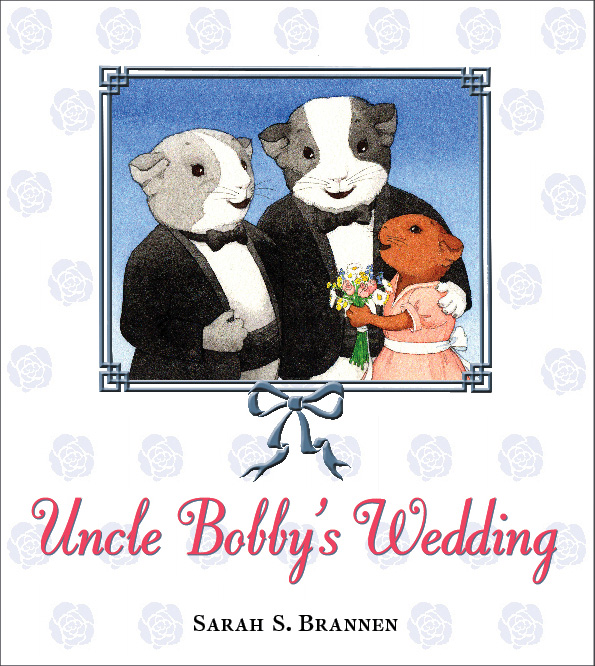
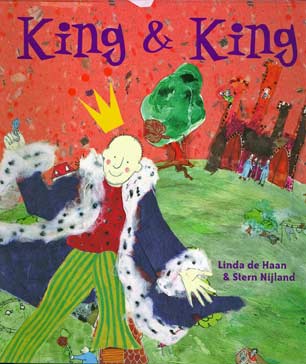
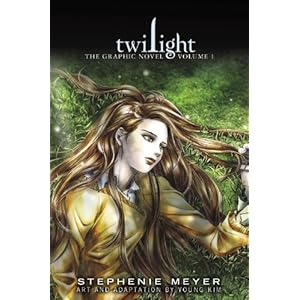

















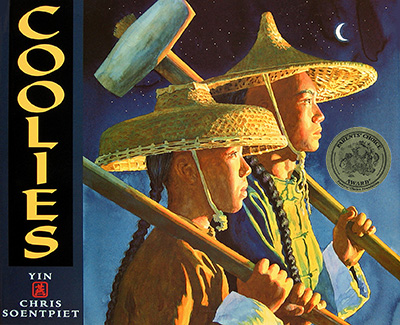













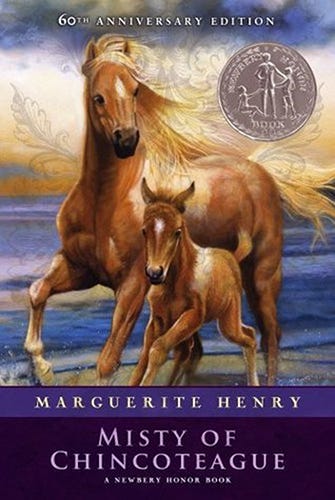
.jpg/200px-Ella_enchanted_(book_cover).jpg)
